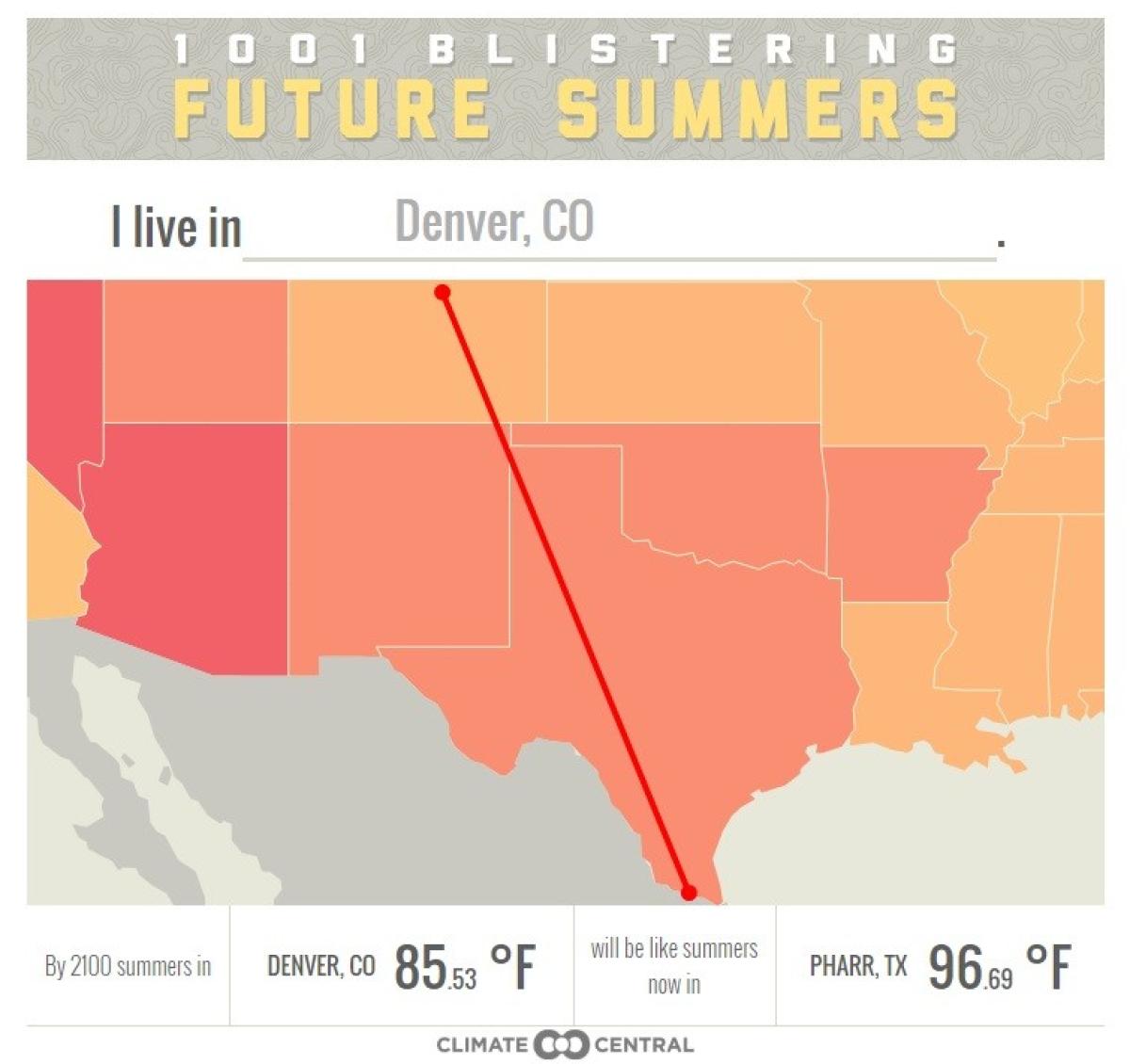New Climate Change Report Highlights Warming in Colorado Cities
DU professor of environment says the trend could lead to several surprising consequences
Temperatures in Colorado are on the rise, and they won’t be falling anytime soon. Fort Collins, Greeley and Boulder are three of the cities nationwide that have had the biggest temperature increase in the last 40 years.
While those are the three Colorado cities singled out in a recently released report from Climate Central, Michael Kerwin, associate professor in the Department of Geography and the Environmentsays that Denver has also experienced these warming trends. One section of the report predicts that summers in Denver will feel like summers in southern Texas, where temperatures average nearly 100 degrees.
Kerwin points out some of the economic consequences of this warming trend. “Current Denver residents should expect to air condition their home or business 600 hours per year to maintain an acceptable temperature level,” he says. “Right now, the hours of cooling required in Texas are double those in Denver. As the temperature here begins to mirror what you would find in Texas, so will the cooling required. That’s going to have a tremendous impact on the cost of utilities in Denver.”








